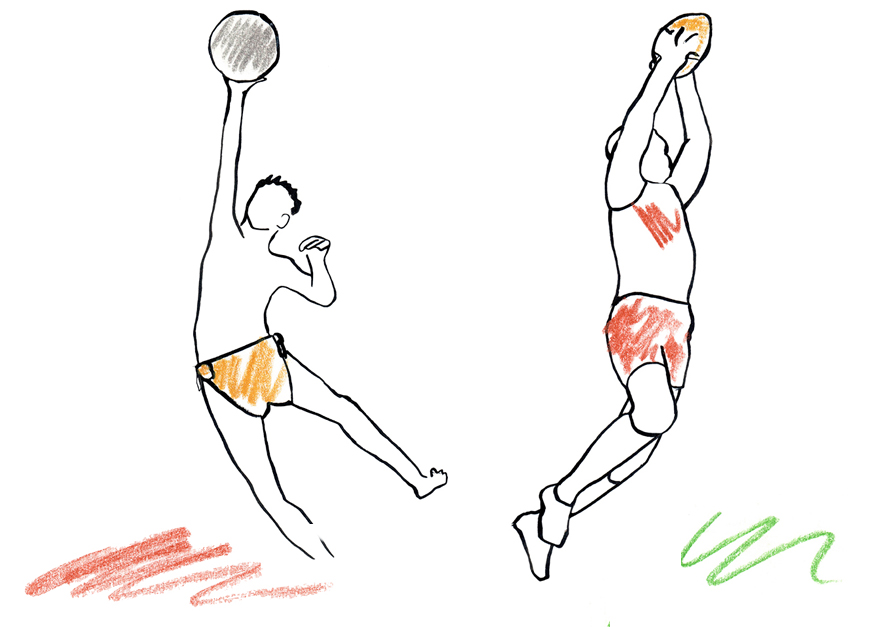Garlic muncher
Cancelled
- Feb 3, 2016
- 4,480
- 3,258
- AFL Club
- Collingwood

I read with interest this new article by Roy Hay and his continual claim that Australian football is in no way related to Marngrook, it appears he goes out of his way to try and dispel any connection, but then claims this article is not about that when quite clearly it is.
What i would ask is why, why the continual point blank negative assertions ?, both Hay and Zafiris ( other author) are dyed in the wool soccer fans, is that a clue ?, have they set out to discredit the connection between Marn Grook and Football because they are soccer fans, is that a possibility ?
https://theconversation.com/indigen...tralian-rules-but-did-make-it-their-own-76606
Hay conveniently forgets an oral passing down from Wills family about him playing Marn Grook, he conveniently forgets that Marn Grook was played exactly where Wills grew up proven through Johnny Connolly and Howitt papers.
But what is very interesting is Hay claims that football is in no way connected to Marn Grook because high marks did not exist, high marking and kicking being the feature of Marn Grook.
A poster on the link i provided has asked Hay many questions relating to the size and shape of the ball, how the grounds had trees on them and were sloped, the awkwardness of the boots and uniforms they wore, the length of the kicks etc etc were hardly conducive to taking high marks.
It strikes me that whether or not Wills based some of the game of Australian football on Marn Grook it would have physically near impossible to perform marn grook high marking anyway.
Yet as soon as a ball was suitable, high marking became common place.
What i would ask is why, why the continual point blank negative assertions ?, both Hay and Zafiris ( other author) are dyed in the wool soccer fans, is that a clue ?, have they set out to discredit the connection between Marn Grook and Football because they are soccer fans, is that a possibility ?
https://theconversation.com/indigen...tralian-rules-but-did-make-it-their-own-76606
Hay conveniently forgets an oral passing down from Wills family about him playing Marn Grook, he conveniently forgets that Marn Grook was played exactly where Wills grew up proven through Johnny Connolly and Howitt papers.
But what is very interesting is Hay claims that football is in no way connected to Marn Grook because high marks did not exist, high marking and kicking being the feature of Marn Grook.
A poster on the link i provided has asked Hay many questions relating to the size and shape of the ball, how the grounds had trees on them and were sloped, the awkwardness of the boots and uniforms they wore, the length of the kicks etc etc were hardly conducive to taking high marks.
It strikes me that whether or not Wills based some of the game of Australian football on Marn Grook it would have physically near impossible to perform marn grook high marking anyway.
Yet as soon as a ball was suitable, high marking became common place.






